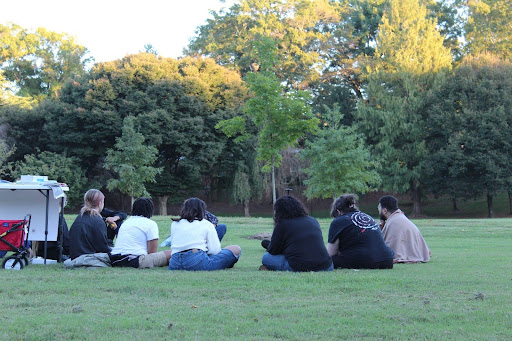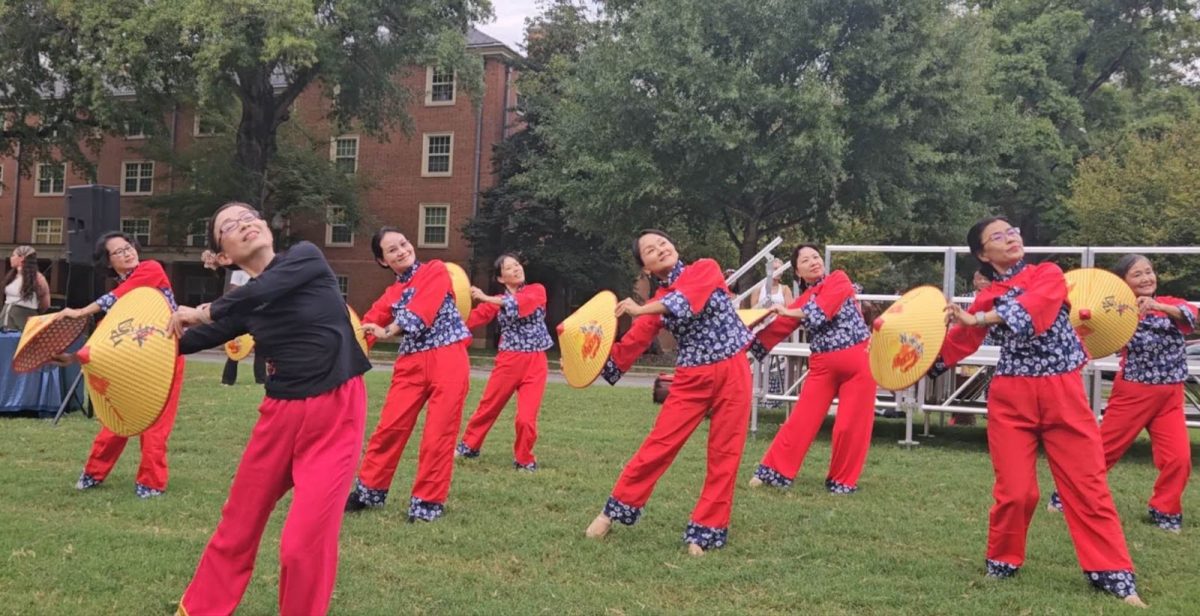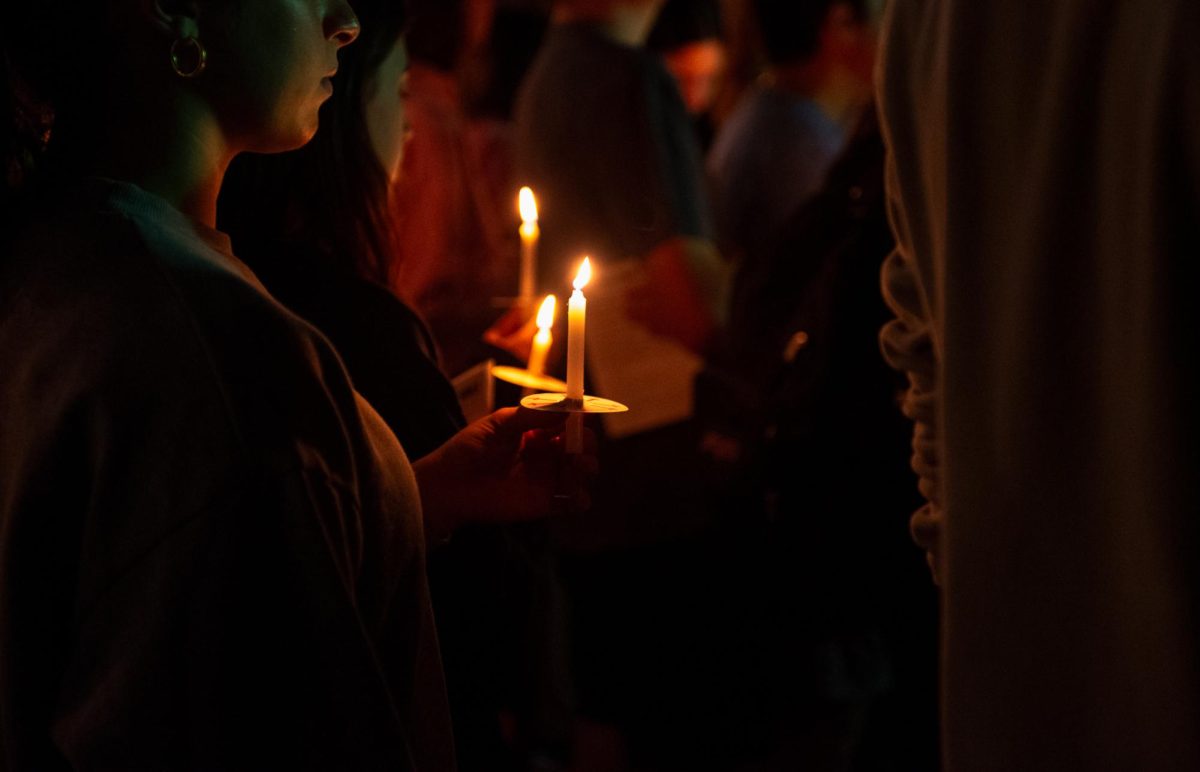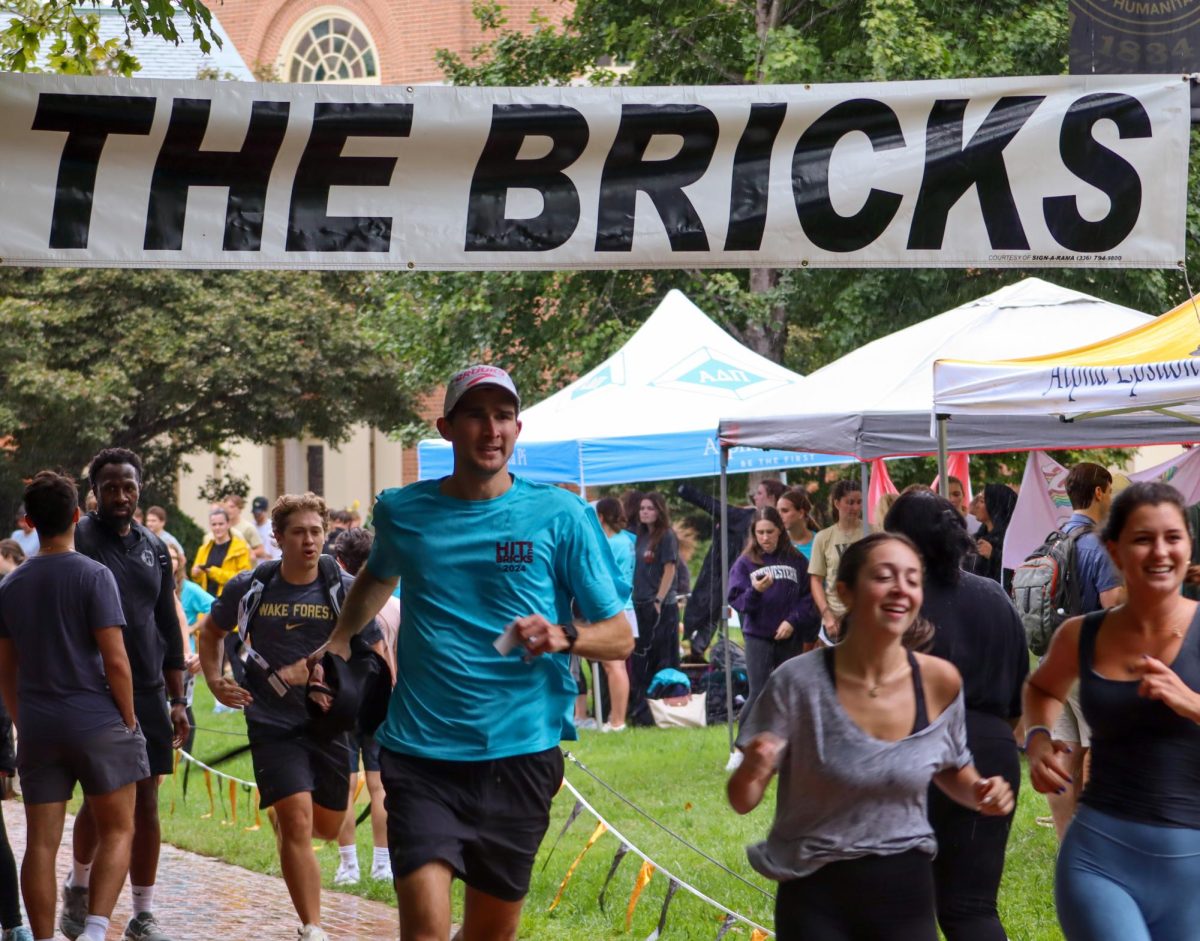Julia Sawchak, senior, got a vintage Louis Vuitton bag for Christmas freshman year after she begged her mom to buy it for her.
“I felt like it wasn’t very authentic to me, but at the same time I wanted people to know I had an expensive bag,” she said. She sold it a year later.
Sawchak pointed out a nearby girl — her idea of a “classic Wake student” — to explain why she had felt like the bag was a necessity. The girl’s hair was dyed blond, and she was wearing Gucci shoes and carrying a Louis Vuitton bag.
“That’s like a $5,000 outfit,” she said.
According to a 2017 study by the Equality of Opportunity Project, 71 percent of students at Wake are from the top 20 percent of incomes in the United States, and more than one in five students come from the top one percent. 2.3 percent of Wake Forest’s student body is from the bottom 20 percent.
These numbers have generally been consistent for the last 20-plus years. However, in late 2017 Wake Forest set goals in to increase the number of Pell-eligible students and students on need-based financial aid.
The disparities in the socioeconomic makeup of the student body affect students from all ends of the income spectrum both in their social life and on a personal level.
Research by Joan Ostrove and Susan Long found that socioeconomic background was strongly correlated to whether or not students felt a sense of belonging at college, which in turn predicted how well students adjusted to college, the quality of their experiences at school, and how well they performed academically.
Wealth, or the lack of it, shines through in the mundane. The brand of clothing you wear, the type of phone you have, if you have a car on campus and the type of car, whether you eat on or off campus on the weekends, the types of vacations you go on, what you do in the summer, and whether you work a job during the school year all reflect status.
“I guess for the most part the disparity is in how we live our day to day lives,” said senior Austin Hill.
He works two jobs to pay for tuition and to buy the art supplies for the studio classes that are part of his major. This takes up time and energy that students who do not need jobs can spend on other activities.
Many Wake Forest students share a similar socioeconomic background with their closest friends.
“You tend to flock towards other similar to you because it makes it easier to connect,” said senior Emily Beeland.
I interrupted Hill at one point in our interview to tell him that I am also on financial aid.
“Oh,” he said. “So you get it.”
Second semester freshman year, Greek life also comes into play, which about 47 percent of the student body participates in.
“I think that a lot of the ways that friendships are formed on this campus are through Greek life,” Sawchak said.
However, some students cannot afford to take part or otherwise abstain. Dues for the first semester of being in a Panhellenic sorority tend to be around $600, and tend to be more for fraternities.
Some also feel that image plays a role in sorting students within the Greek system into different sororities that are viewed as more or less desirable.
“A lot of people end up in the sororities that they end up with, in my opinion, based off of image,” Sawchak said.
She herself is a member of Kappa Beta Gamma. Her parents pay her tuition and she is able to buy the items that she thinks allow girls to be noticed before they rush, like her black Longchamp bag.
“I had one friend who made comments that she didn’t get into my sorority because she couldn’t afford to look rich enough,” Sawchak said.
Blair Dunaway is a senior who is in Chi Omega.
“Money breeds a better image, or the image that is cultivated and broadcasted through Chi O,” she continued. “And you’re more likely to do that the more money that you have.”
She remembers that Gucci belts and Gucci shoes were popular items to wear during rush last year.
“We’d see girls on both sides wearing those and girls on both sides loved talking to the girls who had the same idea of style,” she said.
Until she disaffiliated last spring, junior Maren Morris was in Theta.
She remembers the slide show before going through recruitment containing descriptions of the types of outfits that Potential New Members should wear during the spring rush process. Other girls around her talked about shopping, while she considered the clothes in her closet.
Despite the fact that the consequences of these differences in class are at times material, they are more often felt than spoken aloud.
“It’s just something that’s been on my brain forever, and no one has ever asked me about it,” Beeland said.
For some students, the inequality sometimes goes deeper into feelings of not belonging and isolation.
“There’s just so many ways in which image is reinforced on this campus both systematically and then through peer pressure,” Sawchak said. “Even people who are extremely wealthy feel isolated.”
Although Hill thinks that he probably would have been confronted with the realities of being a low-income student at any college, he wouldn’t have stayed at Wake Forest without his friends.
Navigating Wake Forest’s social landscape freshman year was difficult. He was initially surprised by Wake Forest’s party culture. However, he became friends freshman year with the people that also mostly stayed in their dorms on weekend nights.
“We just kind of stuck back and tried to find community. It just so happened that we were all scholarship kids,” he said. “It really helped a lot to know that there were other people in my situation.”
Next summer, Morris is hoping to do an internship in Los Angeles. At the information session, she realized that her questions about the $8,500 cost seemed to be boring the girl next to her.
“Because they have money and can afford to go to these places and make connections, is that going to set them up for a better experience when they leave Wake? And we get screwed?” she asked. “I don’t know. We’re going to have to wait and see.”














